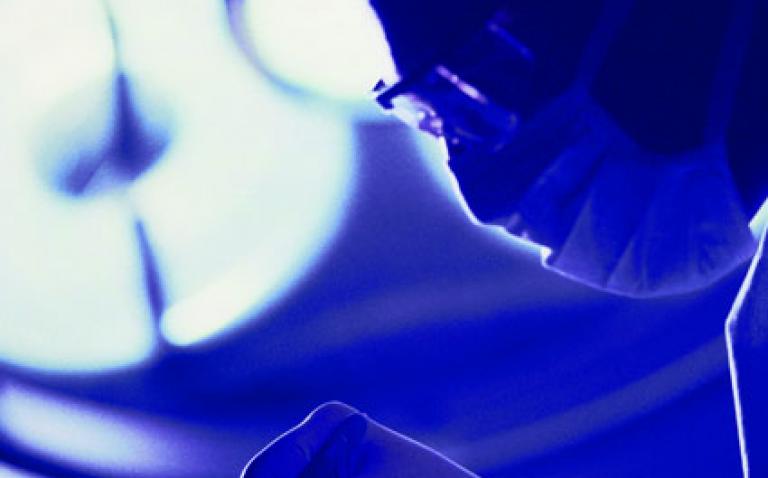New guidelines have been published that aim to improve the prevention and treatment of surgical site infections (SSIs) in hospitals.
Each year, about four million people undergo a surgical procedure that falls within the scope of the new guidelines, with at least 5% of these becoming infected with an SSI, according to the National Institute for Health and Clinical Excellence (NICE).
SSIs are wound infections that can occur after an invasive procedure and have been shown to be the cause of up to 20% of all healthcare-associated infections.
Many such infections are caused by contamination of an incision with micro-organisms from the patient’s own body during surgery, and the majority of SSIs are preventable.
The guidelines – published by the NICE and the National Collaborating Centre for Women and Children’s Health – say that patients and carers should be offered clear, consistent information and advice throughout all stages of their care.
In addition practical steps to be taken to limit SSIs include giving patients antibiotic prophylaxis before clean surgery, rather than routinely using antibiotic prophylaxis for clean non-prosthetic uncomplicated surgery.
Antiseptic preparation with povidone-iodine or chlorhexidine or similar should be used on the patient’s skin at the surgical site immediately before incision, while hair removal should not be routinely used to reduce the risk of surgical site infection. If it has to be removed then single-use head electric clippers and not razors should be used on the day of surgery.
Surgical incisions anticipated to heal by primary intention should be covered with a film membrane, with or without a central absorbent pad.
Finally, a wound care expert, ideally a tissue viability nurse, should be referred to for advice on appropriate dressings for the management of surgical wounds that are healing from the base of the wound upwards.
Copyright PA Business 2008










